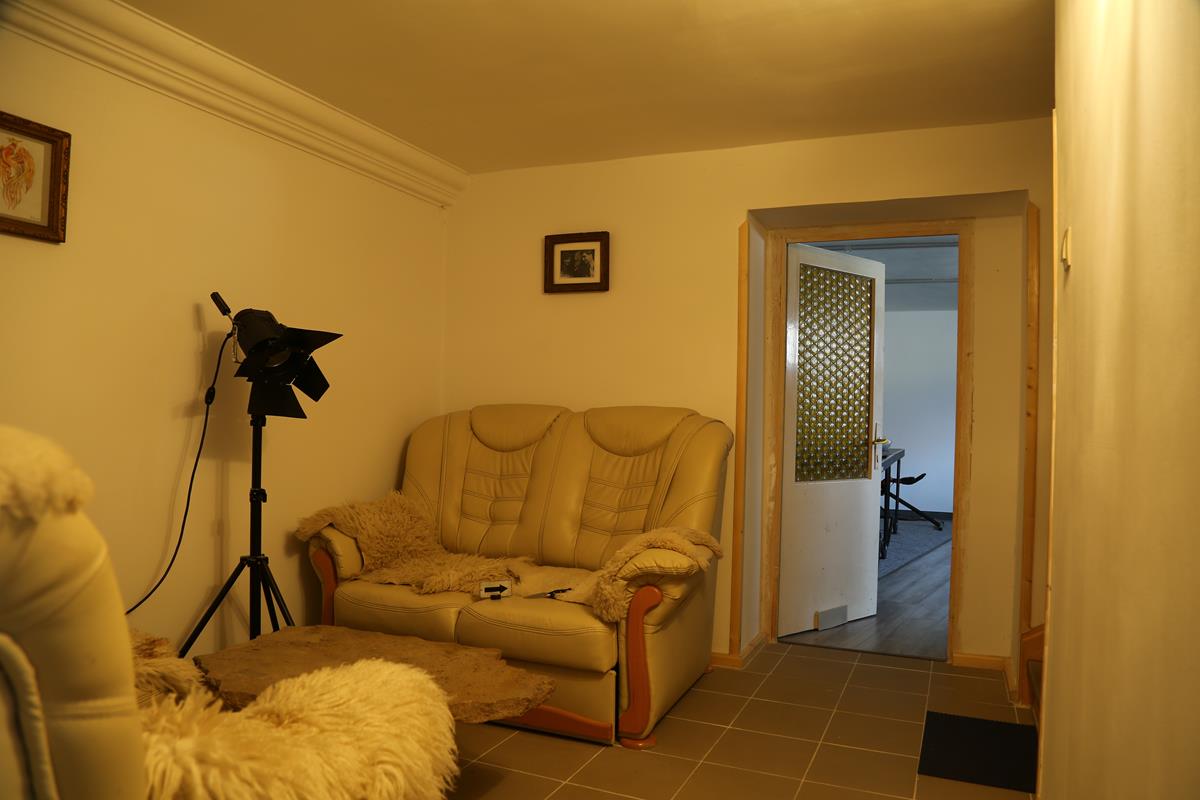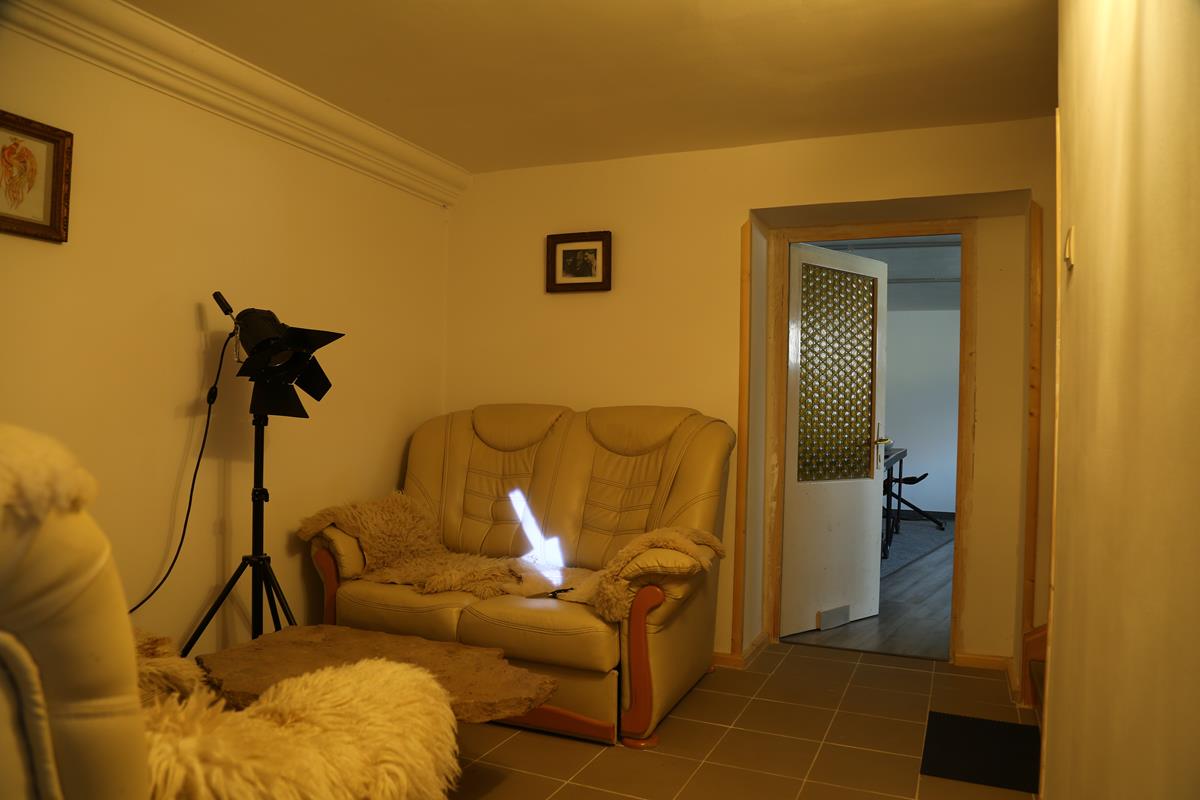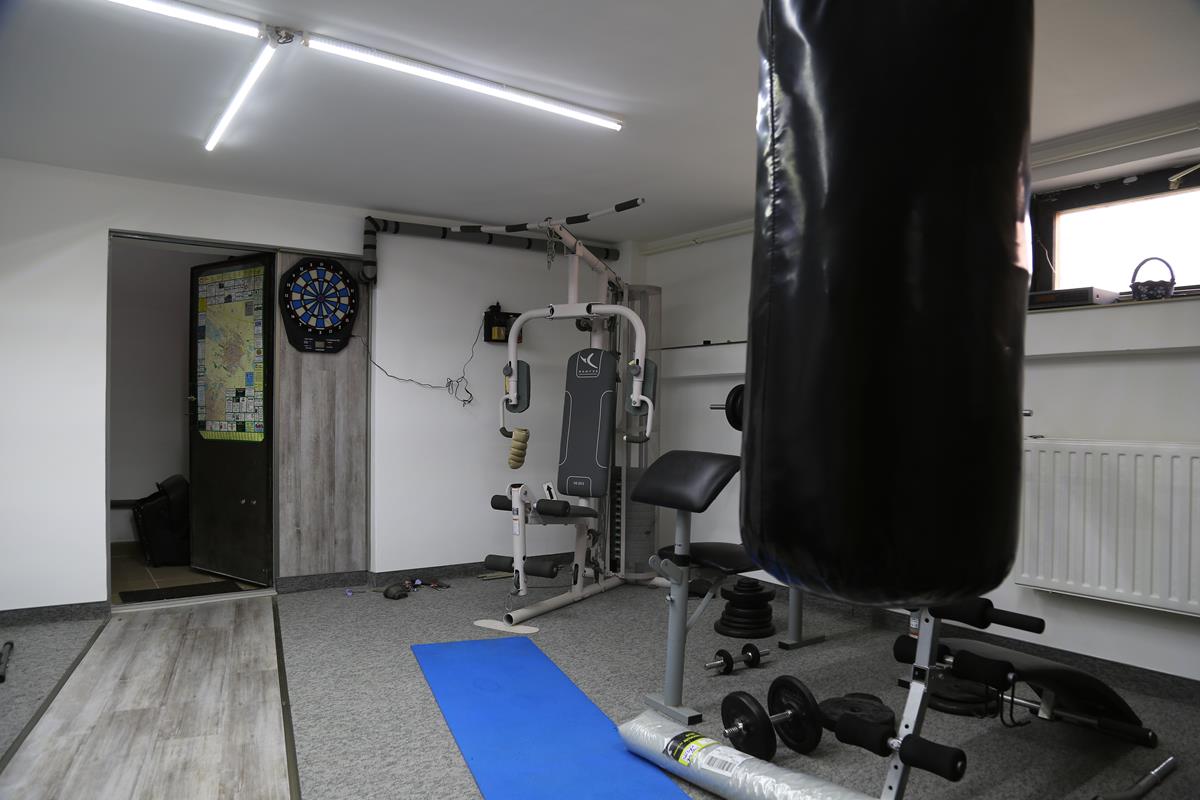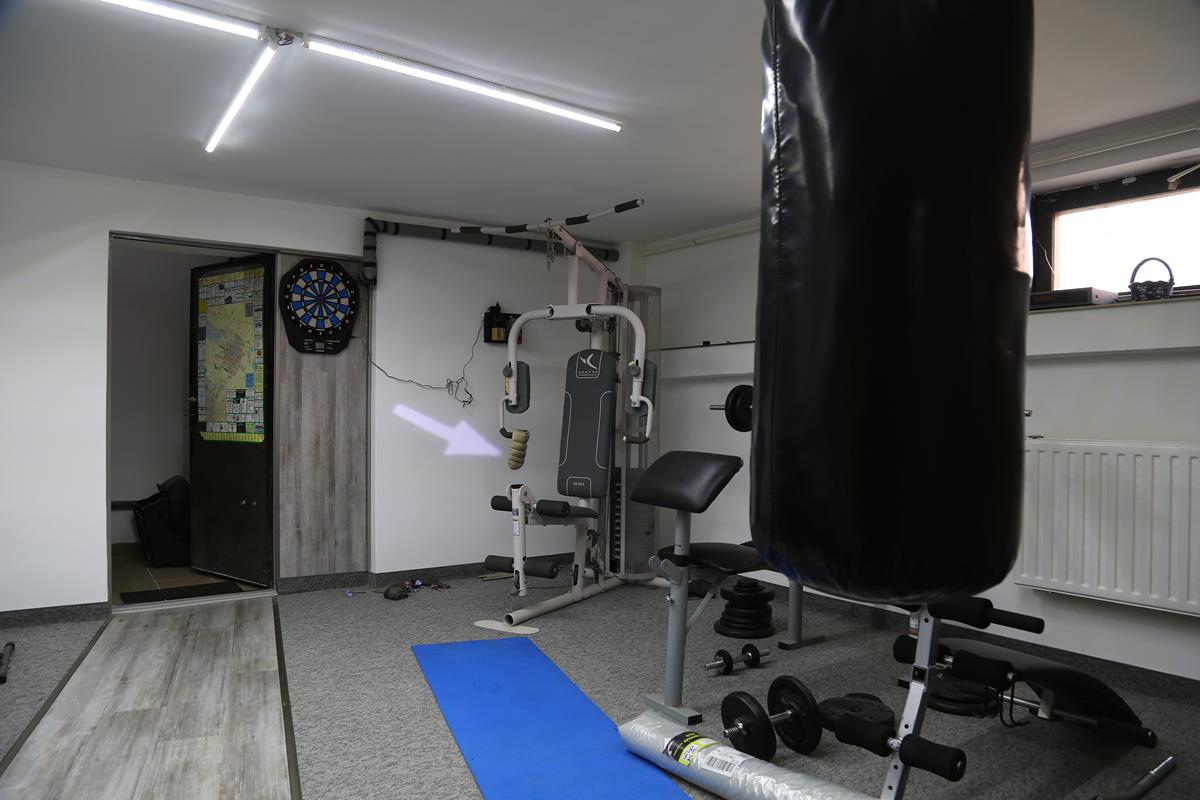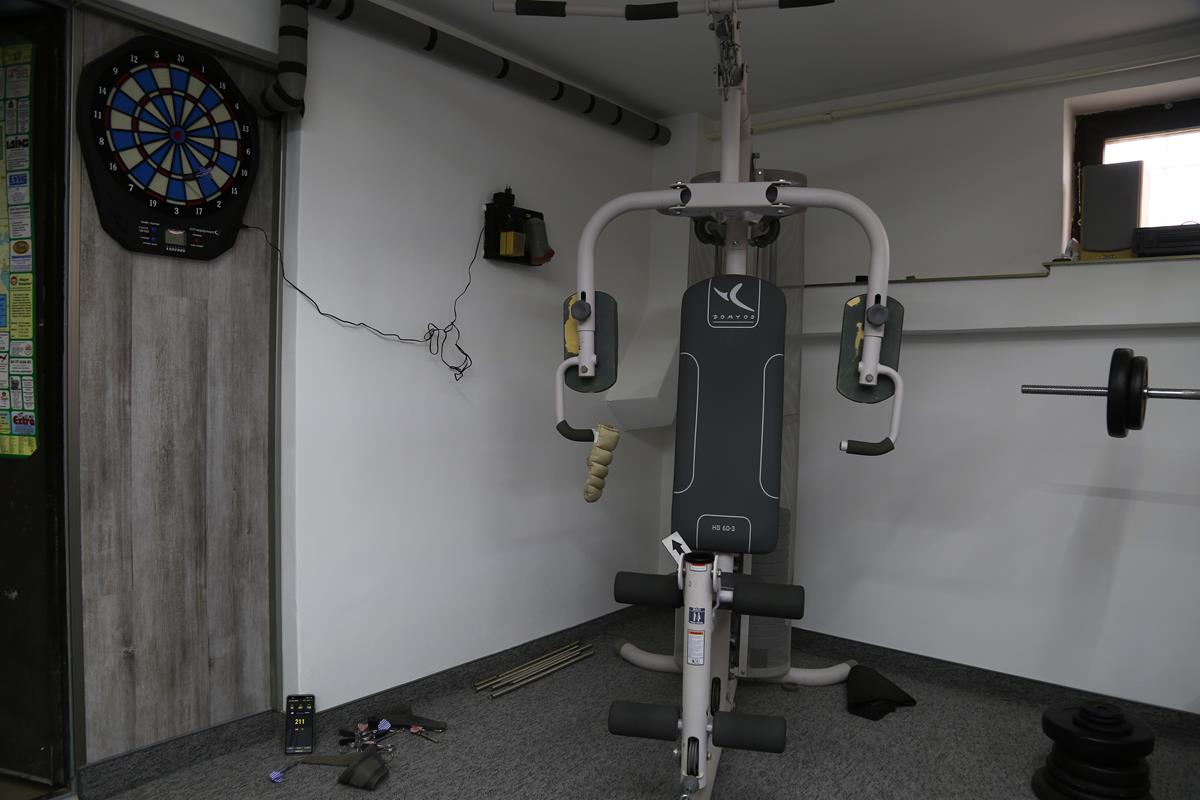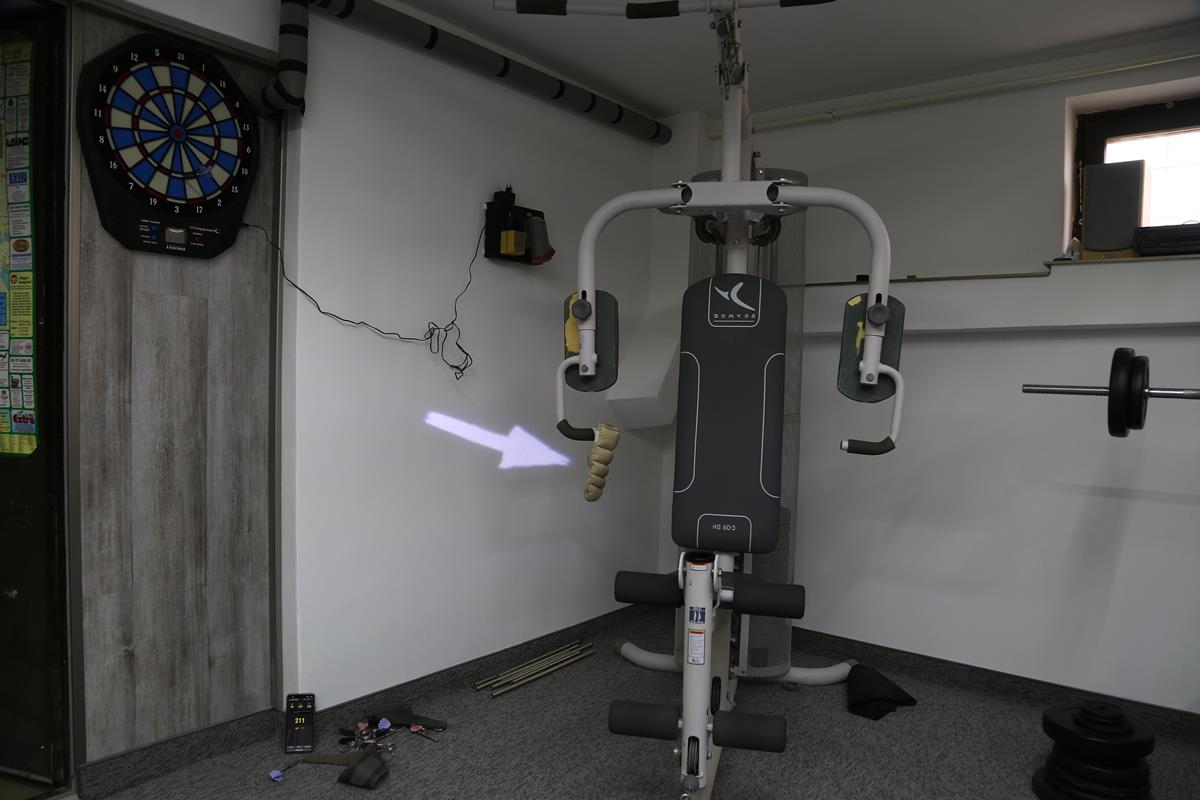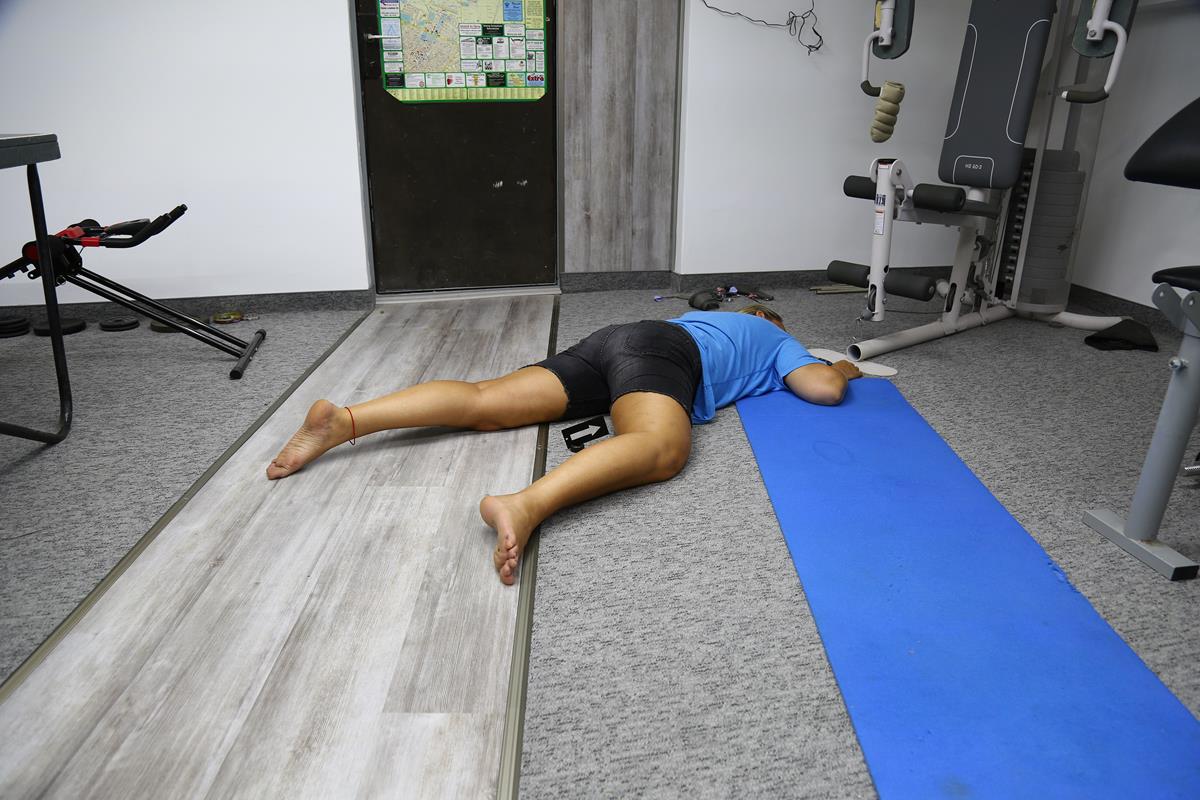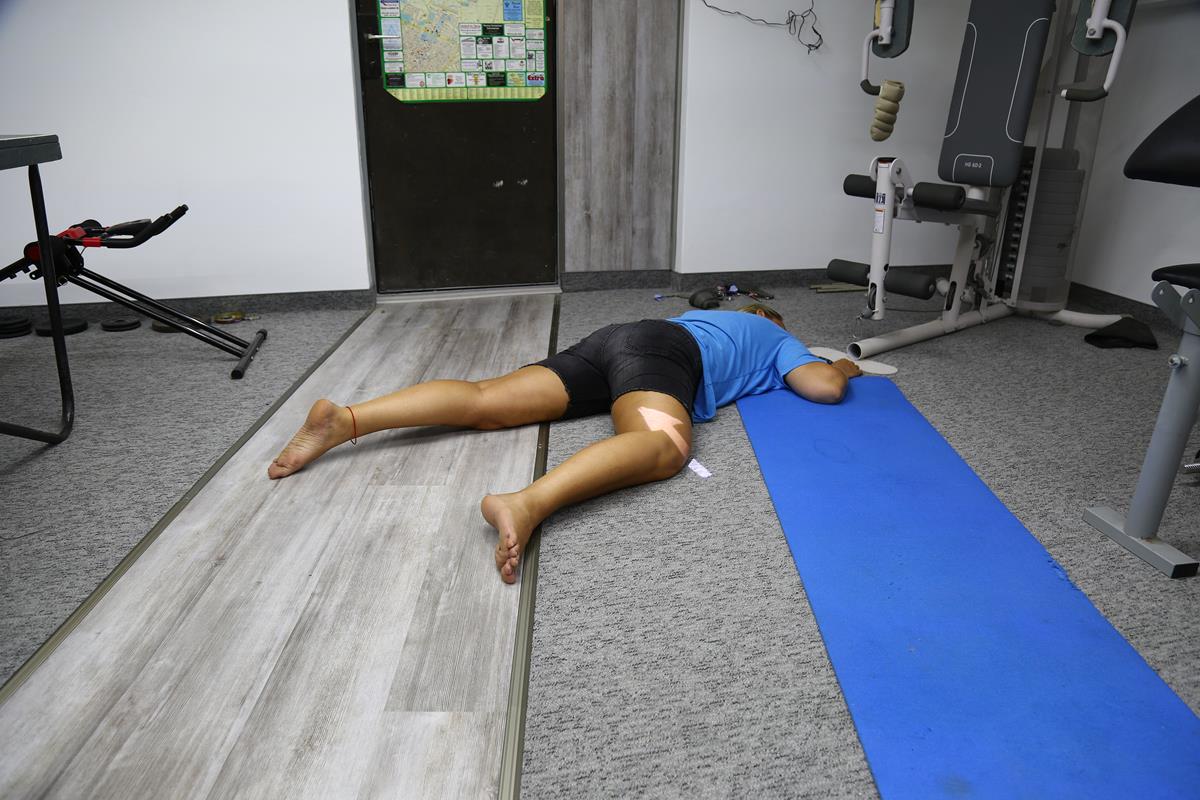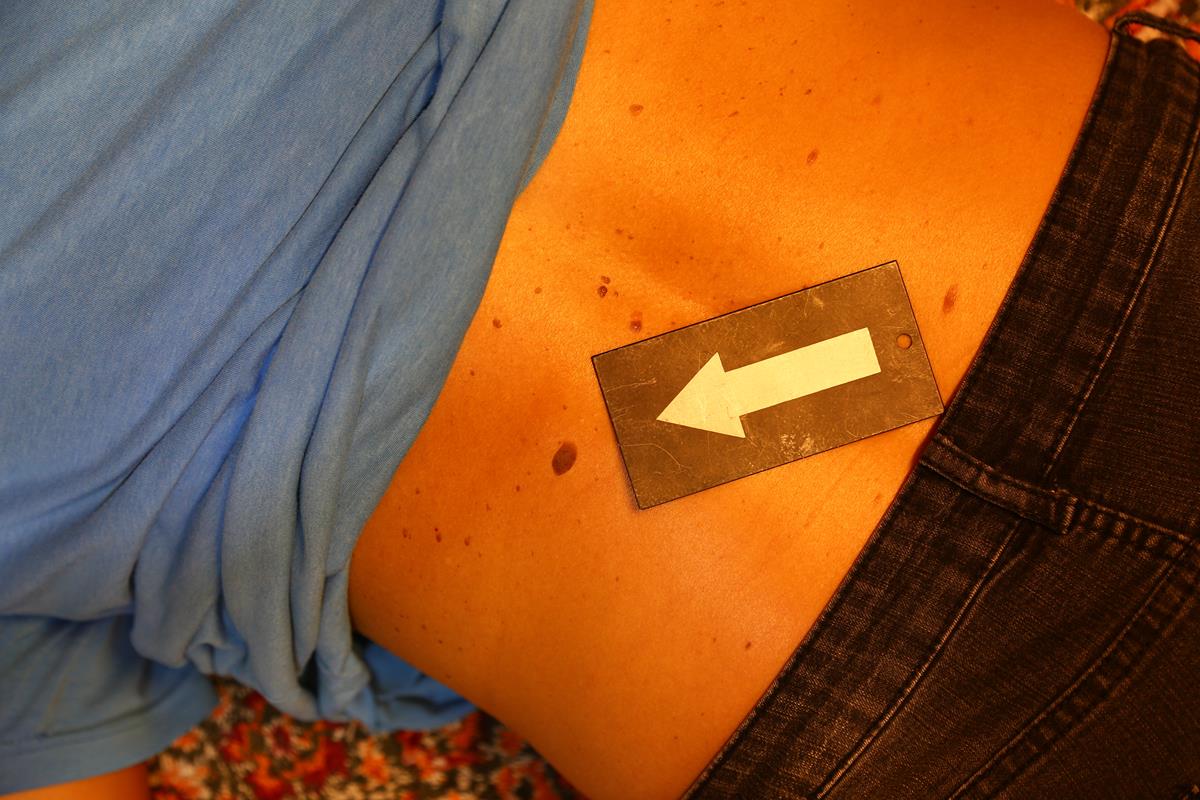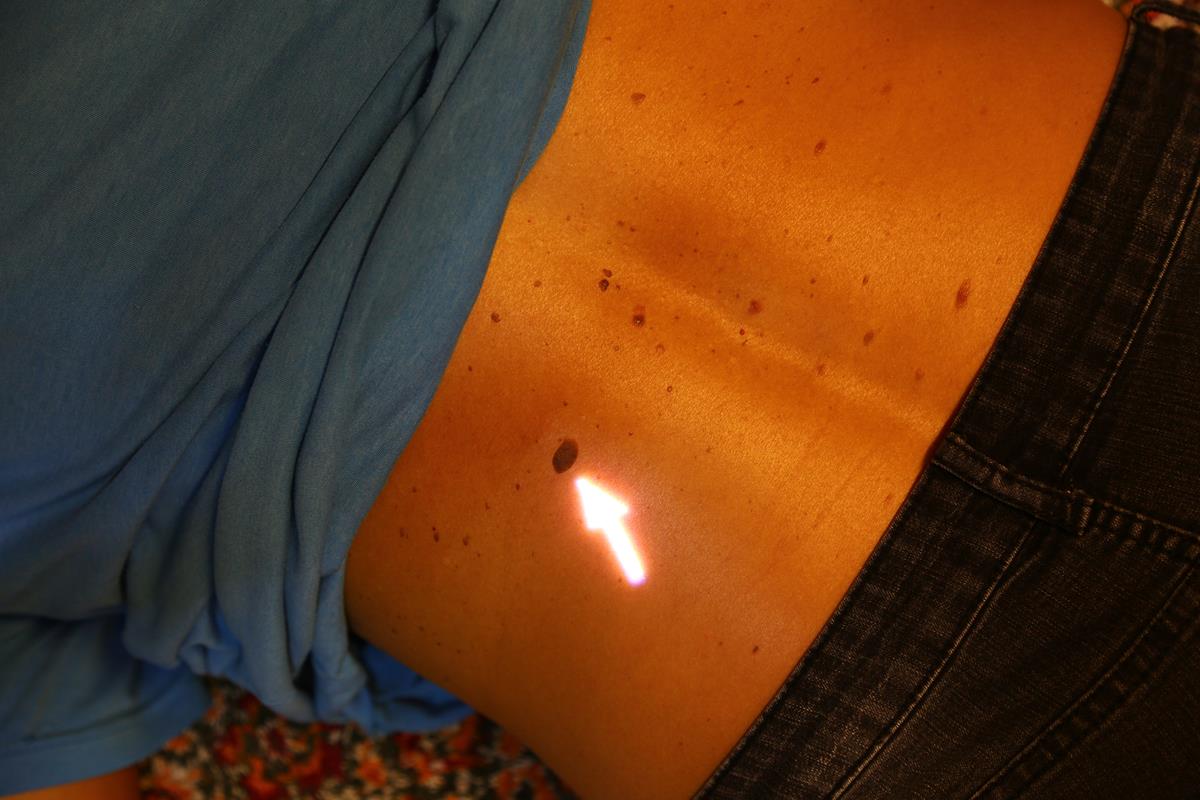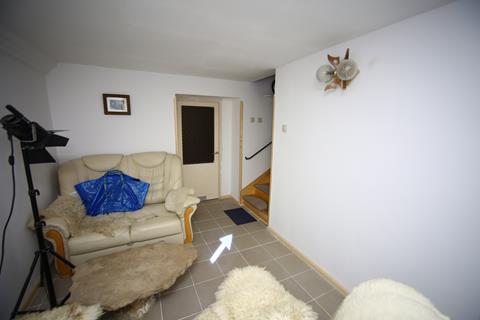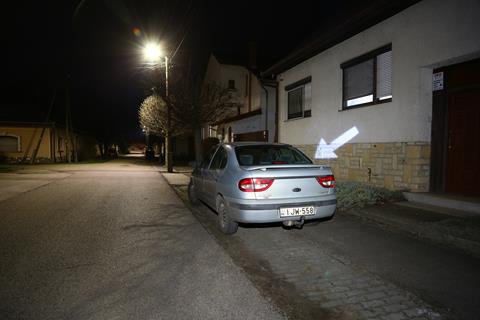In the static phase of the crime scene investigation, it may be necessary to record what has been assessed based on the thought reconstruction, naturally without modifying the crime scene in question. So far, this has only been done in writing, however, with the help of the method and the accompanying forensic tool I have developed, there is now an opportunity to visualise these findings or assumptions made during the review and to display them in a still or moving image, which has not been possible before.
The (self-adhesive) markers and signs currently used in the dynamic phase of the inspection no longer play a role in the procedure and they no longer act as means of proof either. Thus, the method is also excellent to replace the previously mentioned markers, as these do not necessarily have to be objectified as they only have a role during the visual documentation phase.
The advantage of this revolutionary methodology – building on the use of the innovative MarkJector tool – is that it does not modify the crime scene in any way.
In the static phase of the crime scene investigation, the method is suitable:
for setting up different variations and possible scenarios, and to display them together or separately while capturing them in the form of photos or moving images,
for capturing supposed on-site movements or encounters and taking still and moving images of these, thus being able to present them at a later stage of the criminal proceedings.
In the dynamic phase of the crime scene investigation, the method is suitable:
for showing the mechanism of the formation of traces and changes on the location, and to record them in a still or moving image,
for highlighting the mentioned alterations when recording them on a still or moving image,
for the visual highlighting and marking of traces, material residues and changes from a non-contact or even inaccessible environment, even with a homogeneous background,
for the forensic numbering of traces in accordance with the rules and regulations of crime scene investigation.
Advantages:
Cost-effectiveness.
The use of the device does not require special knowledge, as it does not alter the crime scene in any way, therefore it allows an unlimited number of trials.
It is possible for the user to cast the projected image of the device onto a semi-transparent reflective surface, or a small aperture grid (such as an insect net) placed obliquely between the camera lens and the subject to be projected on: this way the tool becomes applicable for long distances and in bright environments too.
Barriers of use:
The tool does not apply to significant distances in itself.
In environments of bright light, the device is not applicable on its own.
The device is capable of creating one mark at a time.
The essence of the method is the application of an optical light-projection system created specifically for this purpose. This system can either be fitted to a commercially available flashlight or placed on any other light source built to satisfy specific needs. Currently, the mentioned commercially available flashlight is preferred, and the development is also inclined towards this direction. This has the advantage of easy and inexpensive replacement, furthermore, the flashlight can be releasably attached to the MarkJector device, therefore it can be utilised in itself again after used with the device. This ensures the optimisation of the user's equipment, as the weight, volume, and asset value of the devices to be transported can be reduced by using multi-purpose devices.
Various signals can be projected on the crime scene by placing them in the path of the light source and properly aligning them optically: for example, arrows with which the relevant parts of the crime scene can be highlighted and illustrated by pointing out certain details on both overview and junctional environmental photographs. Arrows and lines may be suitable for indicating displacements and heading directions. Projection of frames (squares, circles) may be suitable for showing small changes on a large surface. It is also possible to show the sequence of events by projecting numbers or letters, or even to indicate all the relevant details or areas scattered over a large area at the same time. The projectable numbers are also suitable for forensic numbering and marking the traces in the dynamic phase of the crime scene investigation. By changing the colour of the projected signals, several additional options become available, like indicating meeting points, and the different types of lesions and changes can also be clearly distinguished. Using several different colours, traces, material residues and foreign objects left behind can be visually separated from each other. When inspecting corpses or parts of corpses, non-contact marking is a distinct advantage in terms of common decency as well as the avoidance of infections.
MarkJector is a small portable device that – when mounted in front of a flashlight – can project forensic markers and numbering alongside criminally relevant details of the crime scene on the ground, the wall, the object to be marked itself or any object or device in the environment. The MarkJector device is also capable of projecting onto a grid or semi-transparent surface placed between the object or subject to be photographed and the lens of a photographic device during the documentation of the still or moving image without anyone entering, touching, or altering the crime scene itself. The method takes advantage of the fact that during capturing a still or moving image, the three-dimensional space is represented in two dimensions, so the markers on the image refer to the relevant object for the viewer, even if it does not appear in the immediate vicinity of the object.
The other end of the MarkJector is releasably connected to a system of lens that displays the image of illuminated figures and signals on any surface sharply during projection. The projected markers and signs are also resizable by changing the focal length of the lens.





